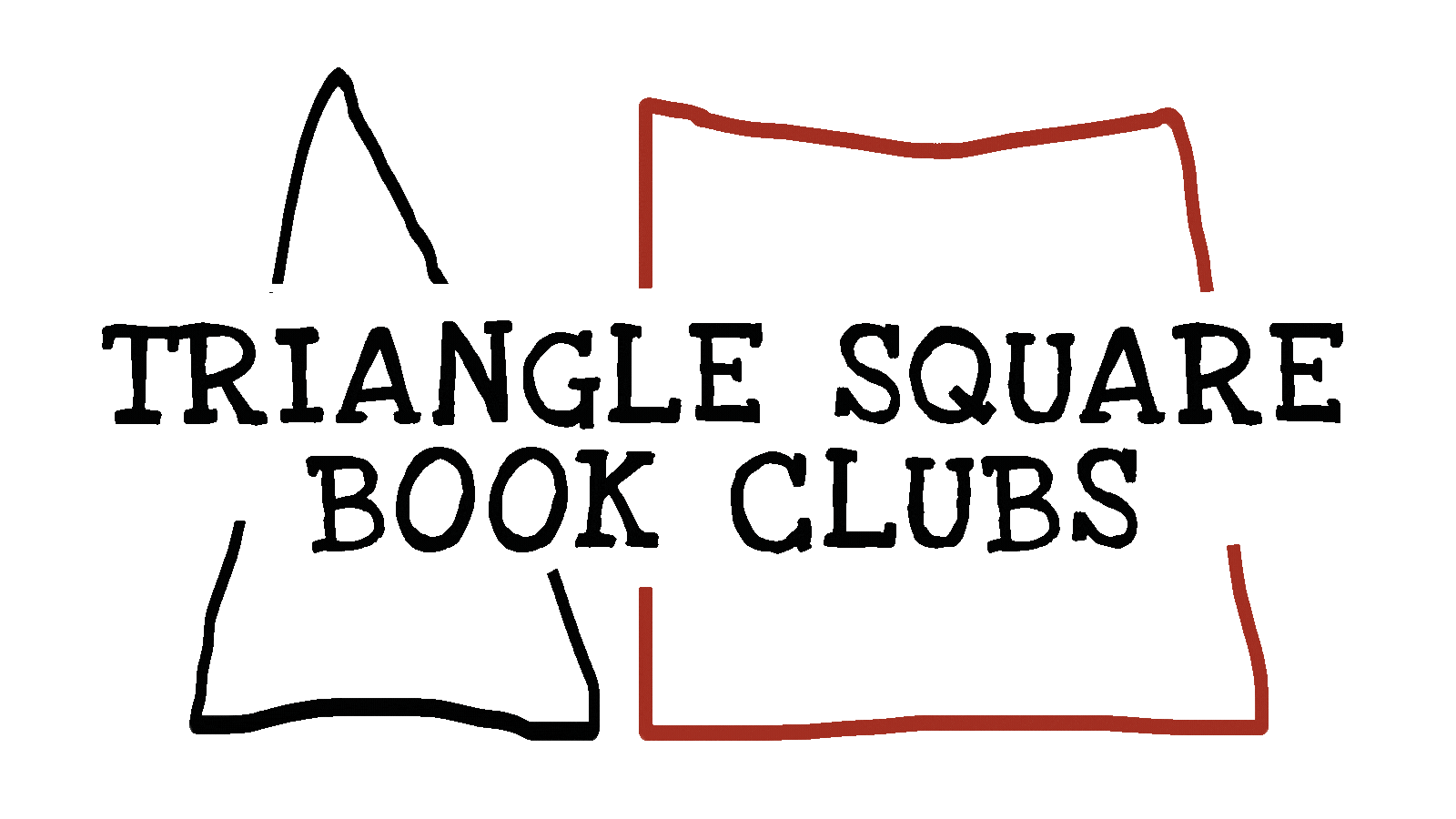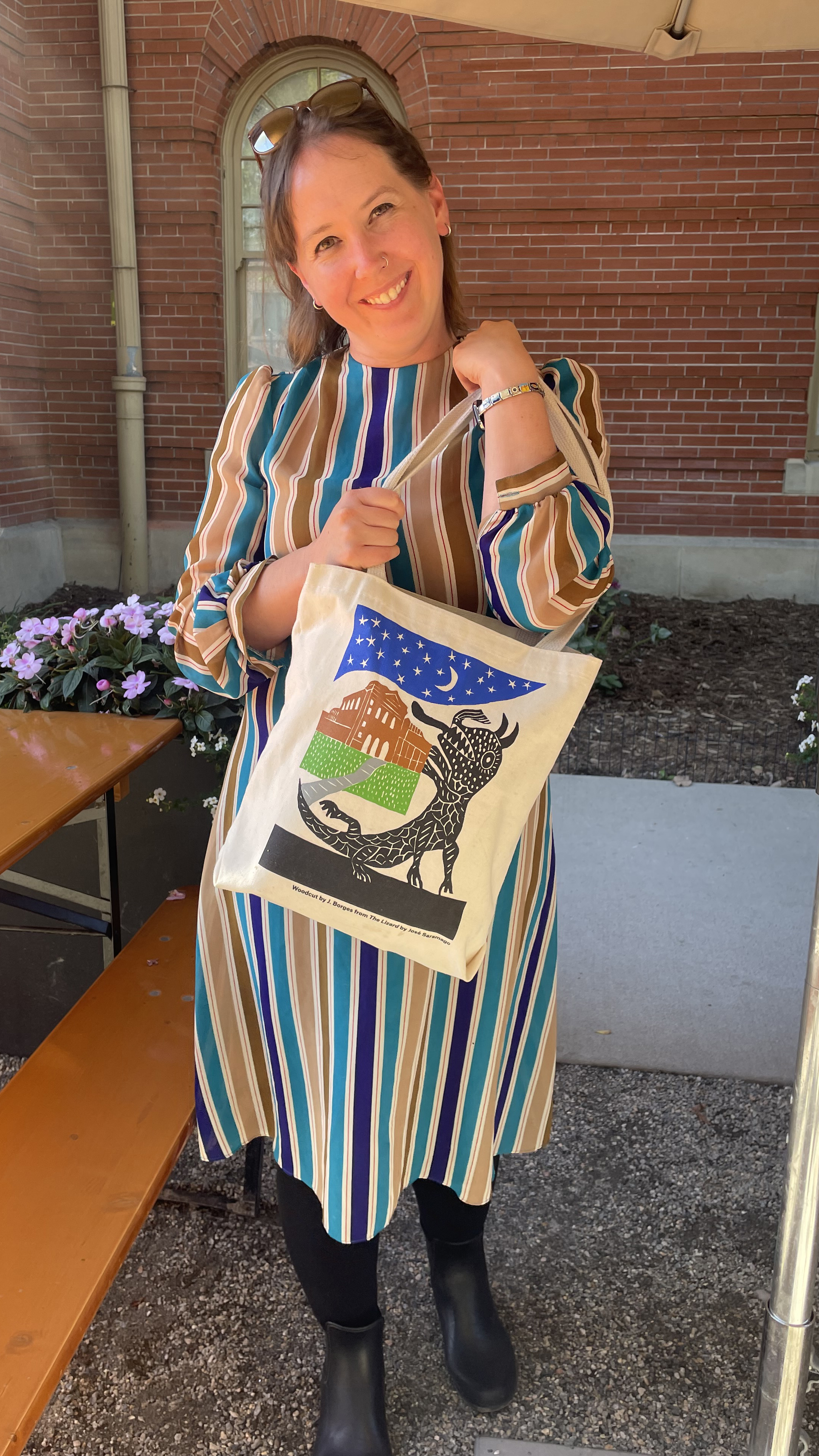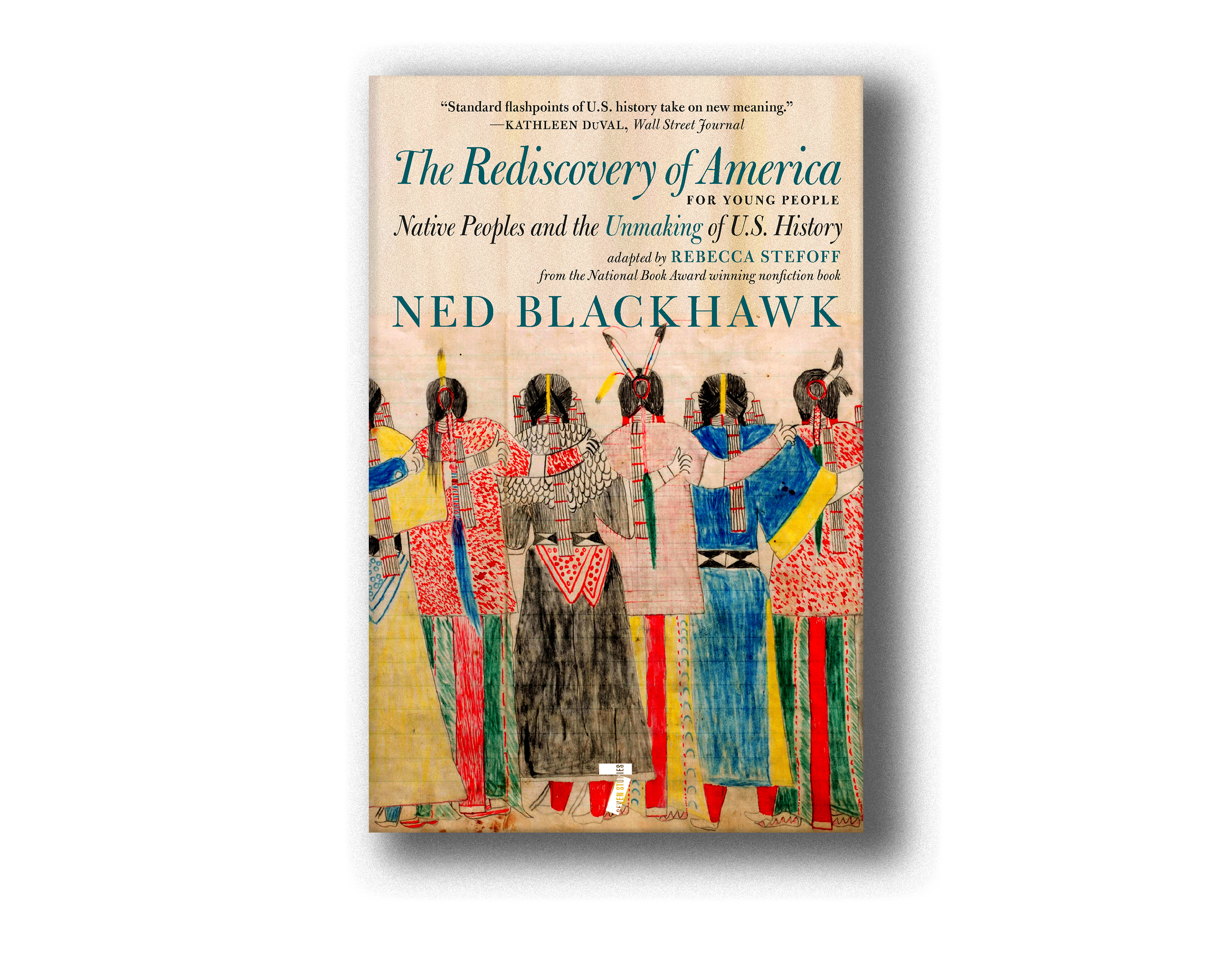It all started with a middle finger, protruding out of a cocked forearm draped in the calfskin leather of a biker jacket. Pointy, stitched-on studs formed a bed of nails around the jacket’s lapels. He was a punk rocker, and he didn’t even look at me, marching, almost stomping, by me in the blink of an eye as I sat in front of St. Mark’s Sounds one humid August day in 1988. I managed to make out his crew cut and earrings before he vanished into clattering street traffic.
My feelings would have been hurt had this finger belonged to one of my two friends who were with me on this my virgin trip into the East Village. But, though it was hardly a welcome package, the flip of the bird didn’t feel specific to me. No, I just happened to be in its vicinity, so, lucky me, I’d just been treated to a front row seat of that homegrown East Village insanity I’d been warned about. I wrote it off with a chuckle, this non-sequitur finger, as all the more anthropological matter to absorb into my plastic brain, just another note to take down on the safari.
Back then, in the late ’80s, a typical afternoon in Queens would’ve gotten my friends and I together to exchange notes on the last airing of Headbangers Ball. But here in the East Village, the main event unfolded live, in the flesh, an extemporaneous shot in the arm compared with MTV’s scripted assembly line of hits. St. Mark’s in particular felt feral and hot. People-watching from the stoop of a record store took on zoological overtones. I cataloged each purple mohawk, each paranoid strut and jerky rhythm, each audacious tattoo, awestruck by the imponderable renegade madness behind each irreducible human on the street. By the time my friends got out from the record store, now leaving for our next adventure in Tompkins Square Park, I felt I’d become a master of characterology.
We walked three blocks east, deeper into the hinterland, to where St. Mark’s gave way to the park. Little did I know at the time, Tompkins Square Park was a kind of American Christiania, a micro-society whose self-governing ethos, communal and anarchic, provided off-the-grid liberties to those willing to brave the squalor. Once you passed through, new rules applied. After all, this was circa the infamous riots of 1988, when residents, squatters, and homeless clashed with police in an all-night melee over an ill-begotten 1:00 A.M. curfew for the park.
The band Prong was playing in the “auditorium” (actually just a shoddy open pavilion in the park’s south flank). They hadn’t yet achieved their minor celebrity from the 1990 release of Beg to Differ, so I hadn’t heard of them. However, my namesake-friend Carlos Ramirez, virtually a Rhodes scholar of heavy metal, had somehow dug up word of this free en plein air concert. Being Queensboys in the days well before the internet, finding a midday concert by a hardcore-metal crossover band deep in the nacreous heart of the East Village was, in hindsight, a perhaps stunning feat of encyclopedic research.
The day was overcast and the show, probably not well-promoted, was sparsely attended. In fact, the homeless of the park outnumbered Prong’s fanbase and made somewhat of a show of their majority by dancing around to their set as though it were a Joan Baez concert. The event also attracted wacky local East Villagers, aberrant personalities, like the guy with the middle finger, whose irreducible quirks had found home in this slapdash neighborhood. Throughout the entire show, a Hercule Poirot impersonator sealed his left ear to one of the giant speakers and nodded his head as though listening not to the eardrum-splitting frequencies of a hardcore-metal band but to the blissed out vibes of Miles Davis’s Bitches Brew.
You’d be hard-pressed to find this kind of naturally-occurring performance art in the Tompkins Square Park of today. You’re more likely to find the now-familiar sight of fitness junkies in tank tops glued to iPhones, drinking whey protein smoothies after a workout at the Blink Fitness, which opened last year just half a block south on Avenue A. I don’t know where Mr. Poirot is, but I’m sure he’s no longer suited to this environment. He’s most likely living out his last days in far-off Bushwick. Actually, no, they just gentrified as well. Well, wherever he is, I hope he can still bug out to some heavy metal. Naturally, the homeless still trawl garbage cans and push overflowing carts jam-packed with the miscellany of their scavenging hunts. But they no longer have the cultural drop on the incoming tourist, the way they did with us thirty years ago, edged out as they are to the sidelines by the consumerist parade, perennial and ubiquitous, that has long stanched hope of anything approaching the priceless spontaneity of what I witnessed at the Prong concert.
But before you mistake me for a dyed-in-the-wool hipster, railing like a Marxist barker at every new Starbucks (“The injustice!”), allow me to confess something that defies my revolutionary vanity: I’m actually not so sure gentrification is all that dystopian. Yes, my wrists ache from so much fist shaking at the annihilating hand of the establishment, which has swept away so much of the old East Village’s madcap curios like a slow-motion economical tsunami. I never shirk an opportunity to denounce the greed and commodification of a neighborhood that was once inimitable. I mourn the demise of risk and flavor every time a new Think Coffee pops up over cover of night, as though it were a sprout on a spud, some kind of viral DNA proliferating in vitro from central hubs of corporations. I wax romantic at all these things, and yet I can’t help myself when it comes to a sausage, egg, and cheese, so needy am I of artisanal delectation come breakfast-time (I’m going to shamelessly plug Murray’s Cheese Shop here, if only because it’s in the West Village, not the East). Pardon the heresy, but maybe not all of gentrification is so bad (anyone?), the demise of accidental performance art notwithstanding. It’s true that nothing will ever replace the old East Village’s sparkle, but there’s actually something rather grand about 21st-century gentrification nonetheless.
***
In 1997, now an androgynous 23-year-old goth, I was sauntering with a friend down St. Mark’s Place around 11pm when I felt a hard thwack against the side of my head, just outside the sidewalk vendors of cheap sunglasses and ski hats on the corner of Third Avenue. We were college seniors from NYU headed to a nightclub (no longer extant), and we were dressed to the nines, she and I in head-to-toe black lace, corsetry, and enough goth maquillage to write “Happy Halloween” on a vanilla cake in thick black icing.
One doesn’t prepare for a thick smack up the side of the face while tra-la-la-ing on St. Mark’s Place on a winter Saturday night with coffin purses and fishnet stockings. Why would one? This is St. Mark’s Place, after all, the Shangri-La of cultural acceptance, the seat of the rainbow coalition where all flags stand at equal mast and no sub-genre is too small or frail to find acceptance. When it came I heard myself think, wait, that’s not supposed to happen. I turned my shocked countenance in the direction of the smack to find a much more “masculine” person flanked by a gold-earringed female, belly-button exposed, wearing five-inch heels. I’ll never forget his saurian eyes, tiny onyx marbles full of fear and judgment. Then came the topper as he called me a “Muthuhfucking faggot” with a “yeah, I did that” sneer. Shell-shocked and confused, my friend and I continued on. After submitting our IDs at the door of the club, I broke down into tears in the foyer while she stroked my back and Skinny Puppy pulsed a muted four-on-the-floor just beyond the doors to the basement dance floor.
By the end of the night I’d forgotten about everything. I’d lost myself in the romantic fantasy of gothdom, sheltered by the dark safety of a low-ceilinged nightclub, clove cigarette smoke mingling with fog machine emissions, the cumulus sapphire clouds backlit by the automatic weaponry of strobe lighting. Yet, later, throughout the intervening years, I’d wonder to myself, how could that have actually happened? Did that actually happen? It seemed like a dream, an improbable trauma straight out of a Kafka short story. I’d actually been gaybashed on my way to a goth club in the East Village.
The East Village was in transition in 1997: almost all of the shops that had made it a famous mecca for counterculturalists far and wide still stood. Mondo Kim’s, The Continental Bar, CBGB’s, Alt Coffee on Avenue A, Trash and Vaudeville on St. Mark’s, the mom and pop shops of punk rock, and other bastions of subculture, continued to thrive. What had changed was the level of visible desperation on the street: the neighborhood was only recently opening up to the effects of New York City’s dramatic mid-’90s crime drop, so sex workers and assailants, until then part and parcel of the East Village experience (even in front of the NYU dorms), had to find other neighborhoods in which to get by.
With increased safety came the more familiar emblems of gentrification. Real estate development brought soaring rents and yuppier clientele, death knells for the old school punk rock establishments. One of the first casualties was my beloved St. Mark’s Sounds, the scene of the middle finger back in ’88. Then Alt Coffee, with its threadbare sofas and bric-a-brac wall art, ceded its space to a gift shop specializing in cheesy hipster T-shirts and cheap jewelry. Soon, predicting which places would tumble next to the onrush of commerce and commodification was like betting on horses where all the steeds seemed destined to run their last race. It was only a matter of time, we thought, before CBGB’s, that decades-old fortress of punk rock history, would succumb to the influx of exorbitant rents. Sure enough, CB’s has been gone for several years. The Continental Bar finally closed just this past June 30th.
I watched all of this unfold from my Avenue D apartment. (Just the notion of my living on Avenue D was proof that gentrification was on the up). I lived there for eight years, from 2000 to 2008, with roommates in the beginning. After years of breaking into piggy banks and scraping the bottoms for lunch money, my old band Interpol became prosperous, and all of a sudden I could afford to live alone. I tore down some drywall and spread out my legs on my cheesy Barcelona couch. The band was hugely successful and I basked in the street cred I gained. I enjoyed a kind of downtown notoriety I could never have anticipated as the naive, befingered fourteen year old sitting on a St. Mark’s Place stoop. I was famous and hip, often visible at Max Fish and Lit Lounge (naturally, both are gone). At age fourteen, Tompkins Square Park seemed like the last stop before the end of the world, yet here I was a decade and a half later, several blocks east, almost hugging the river. I was entrenched, the tantalizing promise of the East Village, a life of rakish infamy, at my grasp. I considered myself a true bohemian.
But the bohemian narrative needed tweaking, as the old East Village went on dying. So I fudged together a grandiose tale of survival. I was the Last of the Mohicans, I told myself (“aha!”), citing the opening on Avenue A of the gourmet delicatessen Gracefully in 1999 as proof that our values were under attack by capitalism. I, descendant of Richard Hell, was to hold a valiant last stand before the neighborhood surrendered its anarcho-populism to commercial hegemony. Then, having decided my time was up, I would flee to the Upper East Side (I did just that), now the token artist moonlighting as an ironic has-been, raconteur to starchy lawyers and doctors. I would tell myself and everyone else that I’d been part of something real, something raw, something so unlike the preppy invasion, something no algorithm could ever predict, something unannounced.
For a moment, let’s put aside that I was no bohemian, but actually a rich rock star with skyrocketing paychecks, a one-percenter disguised as a revolutionary. I made the most of my East Village residency. I milked my tenure there for all the bohemian lore it could give. But in a very real sense I was no different than most of the incoming wealth, the Abercombie invasion as it were, cocaine and late-night DJ sets be damned. I simply disguised myself (although if you were to look closely at the costume and notice the bespoke tailoring, one might say I didn’t do the best job of mimicking a starving artist).
What I hate admitting more than that, though, is that, for all its corporate fakery, gentrification was critical to my East Village residency, most importantly because it provided an umbrella of physical safety under which I could feel free to carouse. I do have to wonder how I would have fared in the East Village of the ’80s, with its unenforced building codes and the plywood that had to be nailed to the windows against marauders, everywhere a bombed out Berlin hosting drugs and danger. How could I have gotten away with the late-night DJ sets, my social bread and butter, what with all the unwilling cab drivers, rightfully wary as they were of driving into Alphabet City at night?
Do we want to go back to the old East Village, anyway? To a time when the price of having access to so much on-the-street spontaneity, to so many authentic curatorial vendors, and to affordable rent in downtown Manhattan was simply an occasional assault on the street for being a man who wears makeup? I’m not so sure. It would be one thing if the gentrifiers came in, decimated the countercultural landscape as they have, set up their Disneyland of artisanal bakeries and smoothie shops, and replaced the old guard with an air of intolerance. But I don’t find that to be the case. If anything, I sense so much tolerance on the street these days, at least in the realm of LGBTQIA issues, that I find it hard to believe that that slap I endured in 1997 could today go unchecked, as it did back then.
For every same-sex couple I see holding hands on the street today, no longer an act of bravery, no longer some daring “lifestyle statement,” but simply the natural and public expression of affection between two people who love each other, I breath a sigh of gratitude for the age of tolerance that, when it comes to the cities, I am free to enjoy. We have hashtag revolutions like #BLM and #MeToo to thank for this lifting of consciousness, this awakening, not to mention SJWs like Shaun King who marshal crackdowns on hate crimes simply by distributing photos and videos to his large Twitter following. All across the media spectrum—from music videos like Peaches’s “Rub,” which depicts a procession of queer bodies celebrating all forms as beautiful, to ad campaigns like that of the aforementioned Blink Fitness, that great bellwether of gentrification, which display pan-anatomy in order to encourage all to come and get fit, regardless of size, complexion, or creed—we’re witnessing consciousness-raising at a rate not seen since the civil rights movement. Public health too has seen gains, as myths about artistic romantic ideals tied to vice get shattered (Jackson Pollock’s cigarette, anyone?). Try looking at the Marlboro Man with a straight face post-Bloomberg, after his smoking ban of 2003 in New York, once the bane of my existence, transformed our work spaces from holdovers of the Koch-era to more dignified environs of the 21st century. I throw the notion of smoking indoors into the stone age cart of ideas, along with drinking three martinis at lunch and living with asbestos.
It sounds trite but there’s a simple way to look at gentrification: things change. People and ideas evolve. It’s no accident that so much of consciousness-raising has happened online. The internet is mostly responsible for a lot of those East Village casualties, specifically the record stores and book stores, as music purchasing and book buying steadily inhabit the virtual realm more and more. If you take America’s great age of tolerance and compassion, with all its varying levels of “wokedom,” the link with social media, specifically Twitter and Facebook, is pretty clear. The great good of the compassionate hashtag is difficult to imagine without the internet’s reach.
That very reach is also responsible for opening a new Think Coffee, the predictable, commodified version of the anarchic Alt Coffee, and ditto for other “upgrades” on the grungier examples of yesteryear. It’s only one more step further up to the premium ticket of greater health to get you to spend an extra three dollars on a vegan wrap if you are already on board the “smoking is bad” train. Where consciousness is raised, why not taste? Hence a greater demand for artisanal brews, and with that greater demand, more franchises and chains. Transmission has reached new levels, of the gastronomic as well as the social (I wonder how many chefs have been born from Pinterest).
It was only a matter of time before hipsters and punks got wise to the idea of public health and greater acceptance. It’s an inherent occupational hazard of any liberal enclave - and those enclaves were the quintessence of progressivism—that it ignores the zeitgeist at its own peril. To the cold hard facts the liberal mindset must always defer. Notions associated with greater cultural consciousness, such as systemic racism, informed consent, and the public health gains of the past twenty years, have all been fueled by the internet’s ubiquity. Open as we have always been, we hipsters and punks, and other counterculturists, appear all the more unbecoming if we ignore these weathervanes. We all must get jobs to afford this new consciousness, of course, as sustainable growth coffee does not come cheaply. But that’s our responsibility. We can’t hide in the dark, comforting womb of some neighborhood any longer, under the palliative light of cavalier notions of “sticking it to the man,” not when the world, thanks to the internet, is one giant neighborhood, the proverbial “global village.”
It pains me to say all this. I’ve long chafed at the incursions of gentrification. Nothing was more heartbreaking than CBGB’s closing. I was stupefied by the opening of the Rivington Hotel on Houston (“a fucking high rise in the LES? C’mon!”). I miss walking underneath the old abandoned tracks of the West Side Line in Chelsea (now the lush and Eurotrashy High Line park). I miss the feeling it gave me, that delicate balance of faint danger and creative stimulus, the same feeling which gave birth to inimitable “dangerous” art like No-Wave and Neo-Expressionism.
I still watch the Dresden-like rubble littering the streets of the LES and the East Village in the background of Downtown ’81 and get a buzz contemplating how irreducible that art was, how spontaneous, how utterly unrepeatable, how it was so unlike commodification, that tacky virtuoso of Repetition. I look past the awkward acting of Jean-Michel Basquiat, as he cringingly plays out a half-baked fantasia of Pied-Piperism, and instead take in Fab Five Freddy, pre-Yo MTV Raps, amidst an impromptu daytime DJ set somewhere deep in a squat. I scream at the screen, “If only that were today!”
But this is just me grieving. The five stages of the Kubler-Ross model will come to an end eventually. I can speed that process along by reminding myself that there’s more to the image of vital art in the ’80s than is revealed simply by watching Downtown ’81. I only need to go back to another film from the ’80s, Sixteen Candles, and remember the gong sound that accompanies Long Duk Dong whenever he enters the frame. The nauseous feeling I get when I think of how relatively recent this offensive caricature is goes a long way in dispelling those sentimental vapors of romance for bygone times. Behind every nostalgia there is some great hostility being perpetrated. Yes, POTUS is evil, but I take great comfort in living in a world where such overt shows of racism would never pass muster.
Having to admit that things have changed puts a damper on my artistic vanity, my doctored self-portrait of a bohemian living in creative extremis. But it builds character. And this is never more the case than when I take in the social advances of this second decade of the 21st century. My standards are higher today, and that goes for my social attitudes as well as my coffee. Besides, railing against corporate America’s reach as I sit here writing this essay with a Venti blonde roast drip from Starbucks by my side strikes me as a bit hypocritical.
Carlos Dengler is a freelance writer and New York City actor and musician. He has written for n+1 and is working with Foundry Literary + Media on writing his first memoir. Dengler has performed a one person show for Fringe Festival and understudied for Josh Radnor at Lincoln Center Theater. He received an MFA from NYU Grad Acting in 2015 and was the founding bass player and keyboardist for the band Interpol from 1997 to 2010.





 British-Egyptian writer Alaa Abd el-Fattah, author of You Have Not Yet Been Defeated, was released last night from Wadi El-Natrun prison in Egypt and has since been reunited with his mother and one of his sisters in Cairo.
British-Egyptian writer Alaa Abd el-Fattah, author of You Have Not Yet Been Defeated, was released last night from Wadi El-Natrun prison in Egypt and has since been reunited with his mother and one of his sisters in Cairo.